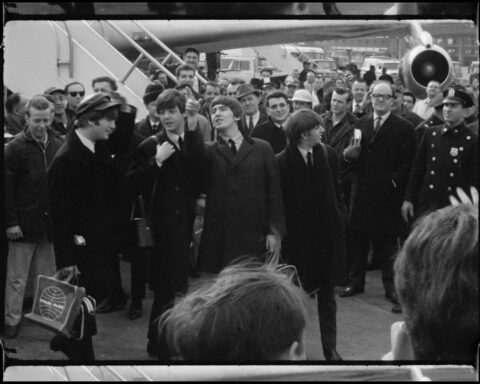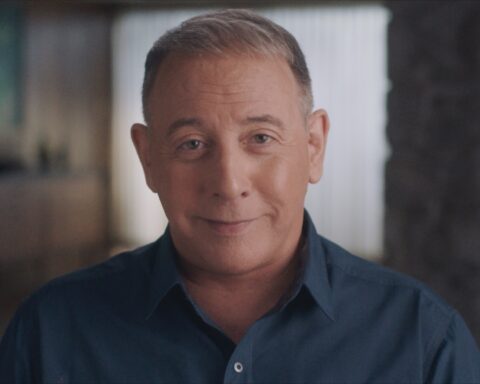This is yet another coffee table book foray into the minds of some key documentary-makers like D.A. Pennebaker, Albert Maysles and Ken Burns, and several more not represented by separate chapters, such as Carol Dysinger and Sheila Nevins. Though each have their own aesthetic approach, all the interviewees in Cunningham’s book seem to agree that documentary is about getting at a truth, distilling information and moments into an idea that will capture the audience. The interest in reading this book lies in the different ways these meaning-makers go about achieving their goal.
Cinematographer Kirsten Johnson (Derrida, Men’s Depression, Asylum) talks about how important watching documentaries was in developing her style of filming subjects. One person who influenced her was Jorge Muller Silva, cameraperson on Patricio Guzman’s radical classic, The Battle of Chile. “[Silva] very slowly moves through the crowd and finds the telling detail on each person that indicates which side they’re on… The whole time there is this super presence, a calmness about the fact that what people are experiencing is being revealed by their physical behavior. If you’re paying attention, you can find it. I was in shock, seeing that. He took all kinds of risks. He would just float out into nowhere, and then he’d find something.”
This sort of approach takes a certain amount of patience and guts, as well as a keen sense of observation, something director D.A. Pennebaker (Primary, Gimme Shelter, Only the Strong Survive) values highly. In the book, he discusses how a telephoto lens can transform the process of seeing and gathering information. “In the beginning you’re pretty much at the end of your telephoto, and you’re getting portraits of people just the way you would if you were taking stills. This filming goes back to the way people behaved thousands of years ago. Two families would meet, they could hardly talk to each other because they didn’t share the same language. They had to find ways of transmitting information and ideas, they had to look very hard, they had to try to understand body language and all sorts of things that we’ve thrown away now.” Documentarians at every stage of the process have to look equally hard to find the story, to find just the right image that will communicate in a universal language.
Taking all that has been revealed through the process of filming and distilling it into a coherent piece is the job of the editor. While Pennebaker often thinks about how the film will later be shaped at the editing stage, Maysles thinks nothing of that, preferring to leave the shaping of story to the experts, the editors. Editor Carol Dysinger says, “Finding the larger concerns a documentary raises and weaving them invisibly into a compelling storyline are the rare accomplishments of a great editor… It’s the same thing you do with a script. It’s finding the paradox that you want to explore both sides of. Something is interesting because it is paradoxical.”
While Dysinger’s comment gives food for thought, it isn’t necessarily always the case that what is paradoxical is interesting. Take, for instance, Cunningham’s book. Its title is The Art of the Documentary. Yet, paradoxically, this question is only cursorily dealt with in the book. The closest we ever come to an answer is obliquely, when Albert Maysles talks about the films he’s made of Christo’s environmental art. Christo’s work, like Running Fence, says Maysles, “brings people together… I think something like a million people saw it. It brings them together to think about what art is all about, and to question whether, indeed, this is a work of art. What is art anyway?” In this passage is an energy and level of intellectual inquiry that is, overall, lacking in Cunningham’s compendium of people taking about their work. The Art of the Documentary will definitely appeal to first-year university students or even the general public with little knowledge on the subject, but for the serious documentarian, there’s not much to sink your teeth into.










